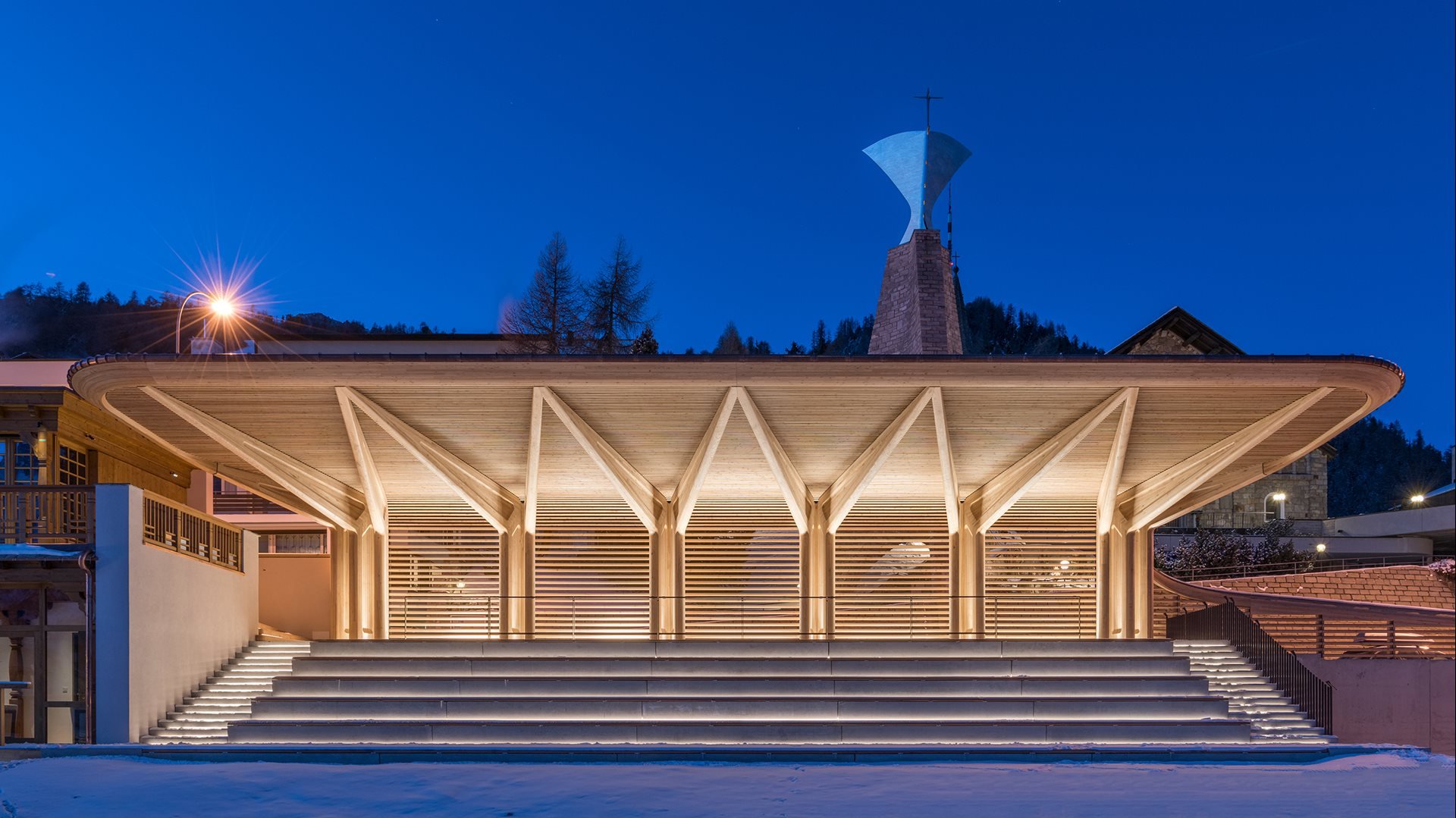Architecture: The Red Sea International Airport
Written by Clara Pysh
The Red Sea International Airport is an ambitious Foster + Partners designed international airport in Hanak, Tabuk, northwestern Saudi Arabia. This airport—set to open later this year—is part of The Red Sea Project Resort, a vast tourist development underway on Saudi Arabia’s west coast, near the Red Sea. The resort will be an environmentally sustainable “ultra-luxury” travel destination spread across ninety islands; this archipelago’s landscape is lush and ranges from deserts to canyons to volcanoes. Prospective travelers are invited to experience Saudi Arabia’s ancient hospitality culture and natural wonders in unparalleled comfort. And The Red Sea International Airport will be jet-setters’ initial stop as they embark into this paradise.
Dezeen reported in late February 2021 that construction had begun on the airport. Architecture blogger Claudia Melatini calls it “the Airport of the Future.” And it could well be; it has an otherworldly design in its concept renderings. Foster + Partners was “inspired by the forms of the desert, the green oasis and the sea,” and it almost takes on camouflage, melting into the desert sands.
Foster + Partners designed it to run on solar panels’ completely renewable energy. The airport has been designed as five very large pod structures. An aerial photograph shows the rendered concept: the pods are five individual seashell-like shapes, fluted outward. The building’s beige coloration blends with the country’s epic sand dunes.
The pods will function as miniature terminals (departure lounges with passenger pickup areas), allowing other parts of the airport to shut down during low demand times, thus conserving energy, Melatini wrote.
Gazing at a concept rendering of the building’s front, you see floor-to-ceiling windows at the front of the building provide ample natural daylight, and lush greenery flanks the front doors. It looks oasis-like. The specially designed curvature of each pod’s overhanging roof “shells” will provide shade for disembarking and arriving passengers; Dezeen was told by Foster + Partners that the roof shells are designed for maximum energy efficiency to reduce cooling demand.
The pods’ massive windows will also allow travelers to see planes very close-up on the tarmac before boarding their flights via the outdoor stairway. Renderings depict greenery draped across pod ceilings and growing between arrivals areas, bringing the outdoors in. The Red Sea International Airport is set for completion by year-end 2022 and expects to serve up to 1 million passengers by 2023. Many of them will head to The Red Sea Project Resort.
What they will find there across twenty-two islands and six inland sites, Melatini writes, is a luxury marina, entertainment and leisure facilities, hotels, and residences. Official project information says 75 percent of the islands will remain undeveloped, committed to The Red Sea Project’s conservation initiatives. Gerard Evenden, head of studio for Foster + Partners, told Dezeen The Red Sea International Airport will become "an integral part” of the culturally immersive, opulent experience of visitors to The Red Sea Project Resort.














